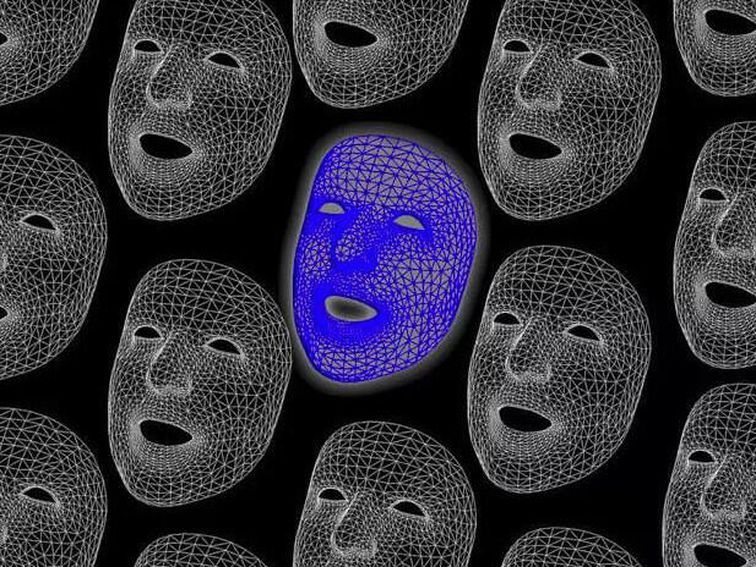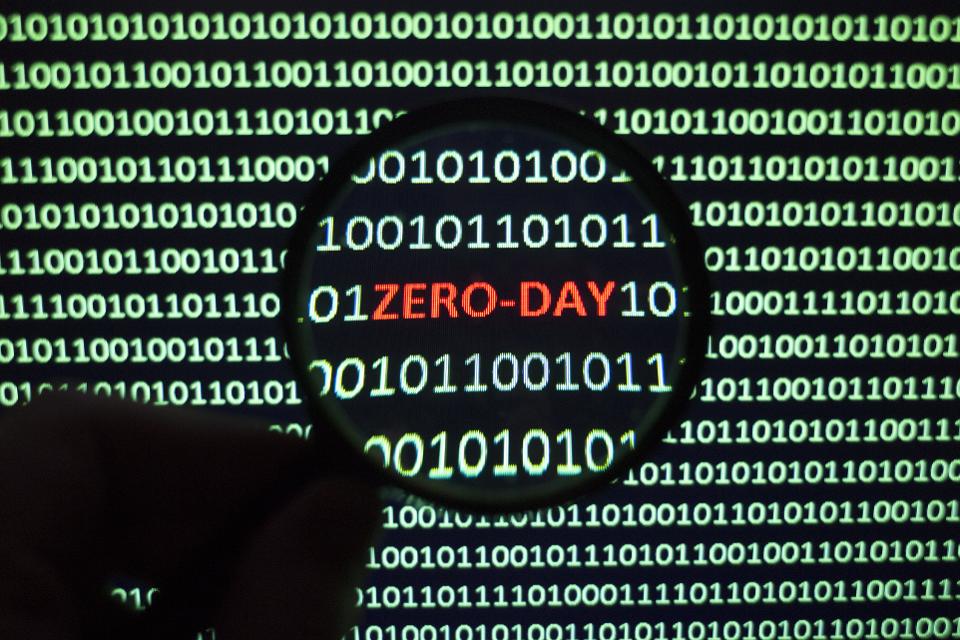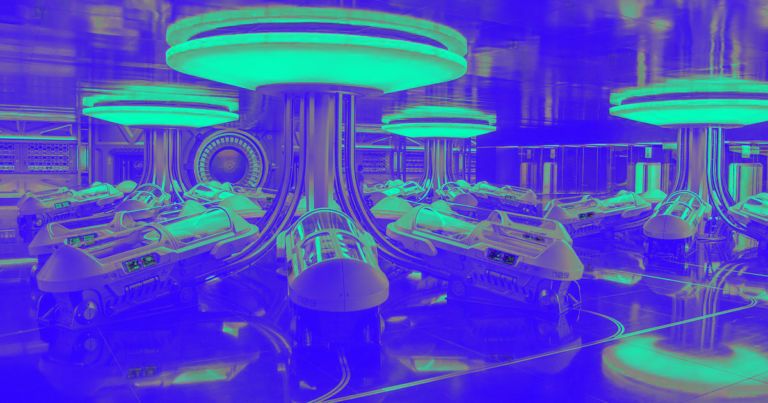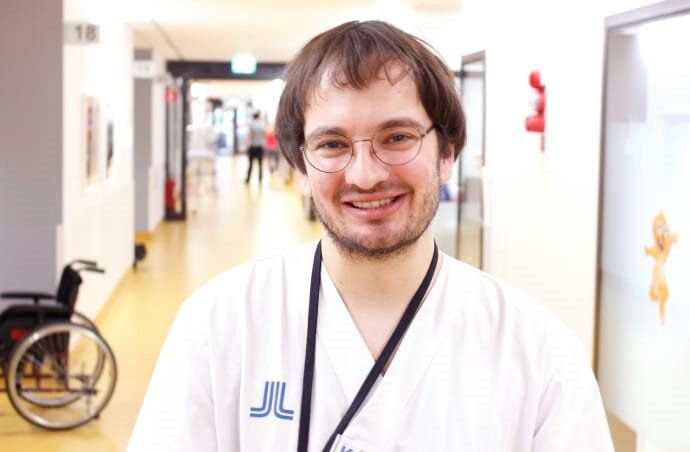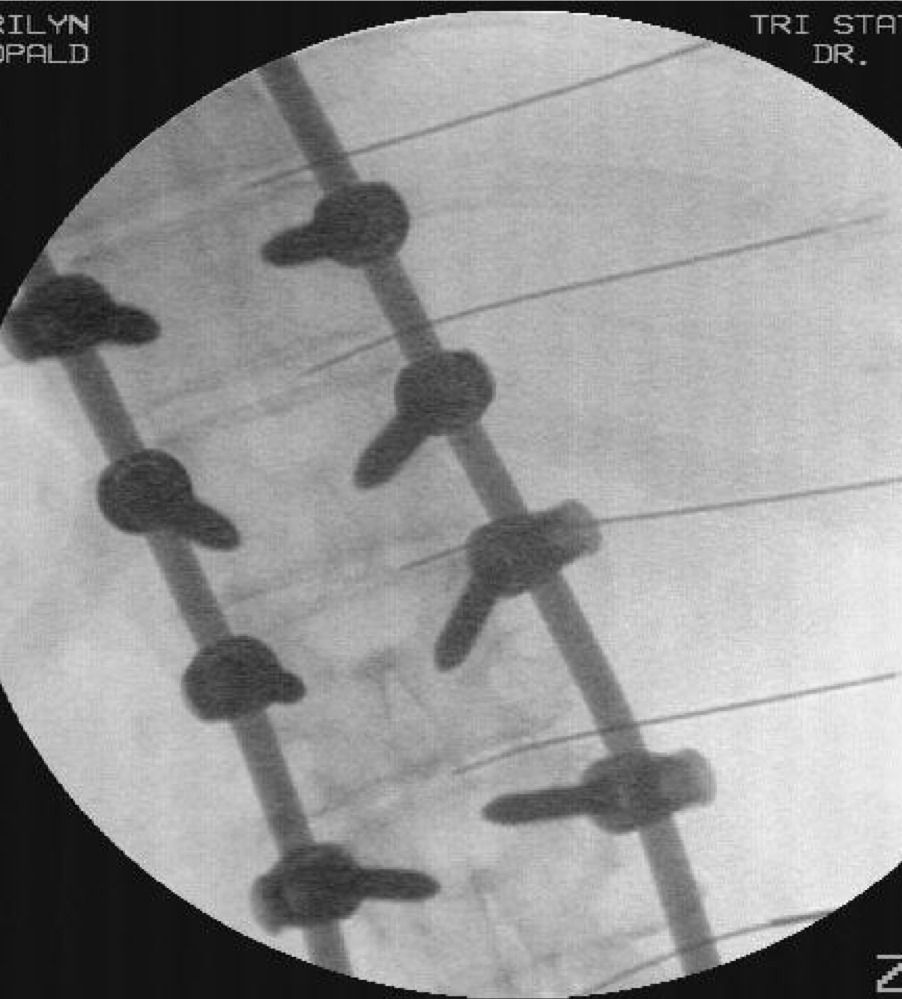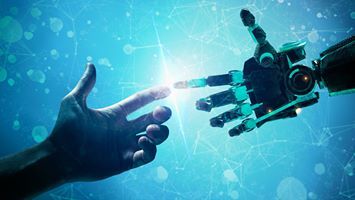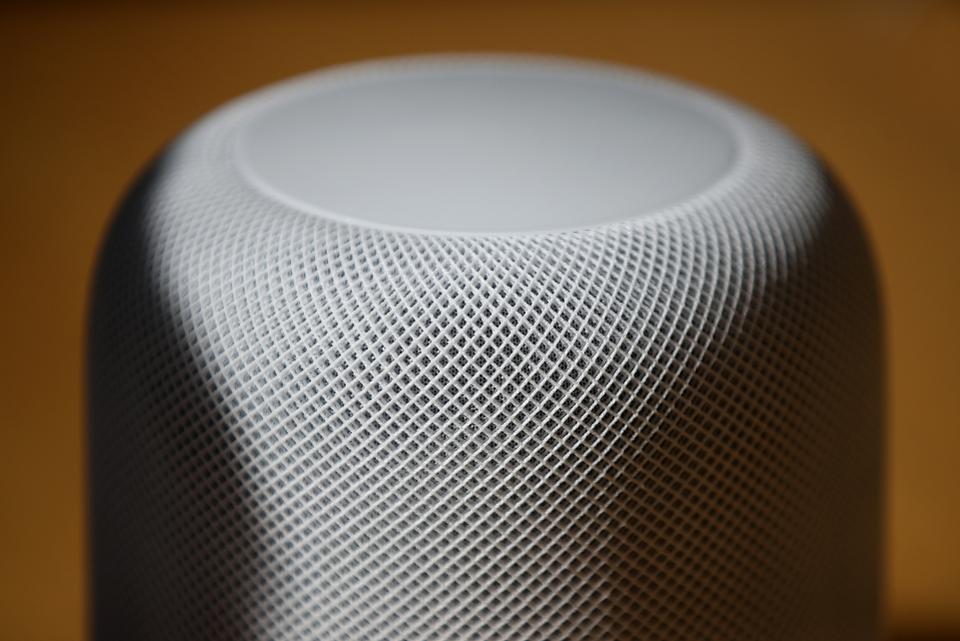Lexus has revealed a series of lunar mobility concepts.
What if a stranger could snap your picture on the sidewalk then use an app to quickly discover your name and address? A startup called Clearview AI has made that possible.
It may not be long before you’ll have to forget about walking down the street anonymously, says a New York Times report.

Several Greek government websites fell prey to cyber-attacks on Friday evening, forcing some of them to shut down entirely for security reasons, after access to them became problematic.
Among those attacked by hackers were the websites of the Greek Parliament, the Foreign Affairs Ministry, the Athens Stock Exchange, the National Intelligence Service (EYP) and the Finance Ministry.
A Turkish group named” Phoenix’s Helmets” (Anka Neferler Tim) posted a post on Facebook claiming responsibility for the attacks, in order to respond, as they said, to Athens’ threats against Turkey.
It’s been a lousy week for Windows users: first, the NSA curveball crypto vulnerability and now confirmation of a zero-day vulnerability that’s being actively exploited with no fix yet.
Hot on the heels of National Security Agency (NSA) and Department of Homeland Security’s Cybersecurity & Infrastructure Security Agency (CISA) warnings for Windows 10 users to update urgently as news of the curveball crypto vulnerability broke, here we are again. The CISA has published a new warning for Windows users as Microsoft confirms a critical zero-day vulnerability is being actively exploited, and there’s no fix available at the time of writing.
A common and inexpensive drug may be used to counteract treatment resistance in patients with acute myeloid leukemia (AML), one of the most common forms of blood cancer. This is the conclusion of a study in mice and human blood cells performed at Karolinska Institutet and SciLifeLab and published in the medical journal EMBO Molecular Medicine. The researchers will now launch a clinical study to test the new combination treatment in patients.
Leukemia is a group of blood cancers that results in excess amounts of white blood cells. There are both chronic forms of leukemia that progress slowly over many years and acute types of leukemia that evolve rapidly. AML affects more than 20,000 people in the United States each year, and the mortality rate is high especially in older patients.
One of the most common drugs to treat AML is cytarabine (ara-C), a cytotoxic drug that interferes with DNA replication. However, many patients do not respond to the treatment because their leukemic cells express high levels of the enzyme SAMHD1, which breaks down the active metabolite of cytarabine, ara-CTP. These patients have a significantly worse survival rate than patients with low leukemic levels of SAMHD1. Therefore, one promising strategy to improve the treatment of AML is to inhibit the effects of this enzyme on cytarabine.
Marilyn had extensive fusion surgery all the way from her midback to the entire lower back. The surgery was done to fix her curvature in her spine.
Unfortunately, it did not help and she continued to have pain.
She has tried numerous injections and even strong pain killers which not only failed but also gave her side effects.
Her own bone marrow stem cells were extracted and after concentrating, they were injected back into her thoracic and lumbar discs.
Marilyn is now showing significant improvement in her pain. More importantly, there has been an increase in her function. In our experience, those patients who respond to stem cell therapy, their pain relief lasts for years.
Read below to find out more about how stem cells are relieving pain from failed fusion surgeries.
The Fourth Industrial Revolution is underway — and it’s going to change everything. 🤖.
The chemicals, known as PFAS, have been associated with cancer, liver damage, and developmental issues.
Apple has reportedly paid $200 million to acquire Seattle-based artificial intelligence company Xnor.ai, which specialises in edge-based AI.
The purchase is one of many for Apple, which has become adept at vacuuming up tech startups, but it also gives us a glimpse into the company’s thinking when it comes to future devices.
Xnor.ai’s work on hyper-efficient, low-power AI that doesn’t require powerful processing or a connection to the cloud (processing locally on-device instead), neatly slots into a few areas Apple is currently working on.

